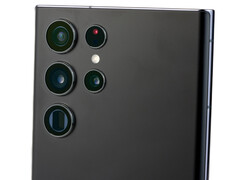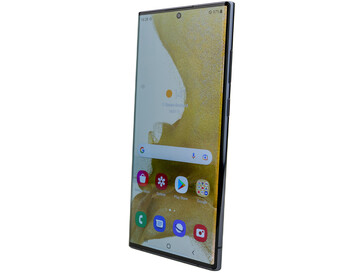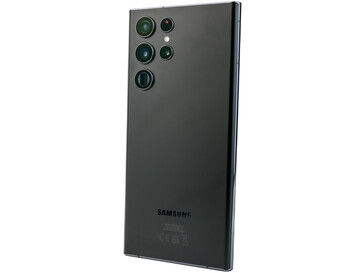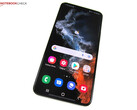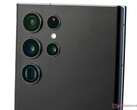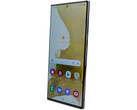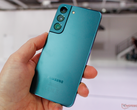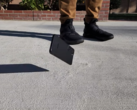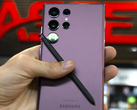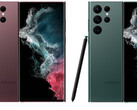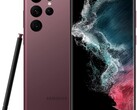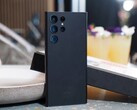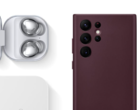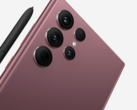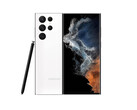The Samsung Galaxy S22 Ultra is one of the top smartphones of 2022. It offers a 6.8-inch dynamic AMOLED display with a high QHD Plus resolution as well as a refresh rate of up to 120 Hz. In Europe, it is run by the in-house Exynos 2200, and in most other countries of the world, by the Snapdragon 8 Gen 1. Depending on the configuration, there are either 8 or 12 GB of LPDDR5 RAM and between 128 and 1024 GB of internal storage. The Android 12 smartphone is water and dust proof according to IP68, supports wireless charging, and offers USB 3.2, UWB, NFC, Wi-Fi 6E, and an S Pen that can be stored in the case. Samsung doesn't leave much room for complaints, particularly since the 5000-mAh battery also ensures a really good battery life. The only thing one could complain about would be the lack of expandable storage.
With this, Samsung offers a very powerful smartphone on paper, and in most areas it is also able to fulfill the high expectations. But unfortunately not in all of them. This starts with the Exynos SoC: even though it is able to produce a convincing system performance, it also has a significantly weaker GPU than the Qualcomm SoC. The Xclipse GPU, which was highly praised and created in cooperation with AMD, is unable to really convince in practice. This is particularly the case in games, where the usual High-Res and HFR options that are required in this performance class are often unavailable. While this can probably be remedied with some future updates, it is a limitation at this point.
The occasional micro stutters can probably be traced back less to the Exynos 2200 but more to Samsung's inability to cleanly implement the adaptive refresh rate control. The fact that instead of the promised refresh rate between 1 and 120 Hz, only the range between 24 and 120 Hz is used, also indicates this.
The Galaxy S22 Ultra shows high transfer rates in the WLAN, but only in the 6-GHz net. When the 5-GHz band is used, the transfer rates remain more in the range of mediocre WLAN modules with Wi-Fi 5 or 6, depending on the transfer direction. The Galaxy S21 Ultra does a better job in this regard, offering really good transfer rates in the Wi-Fi 6 net.
The camera also doesn't look as if it can already perform at a level where it will end up at some later point. In the S21 Ultra, Samsung also started out with a rather mediocre daylight performance, but after a few updates this turned into a really good smartphone camera.
We expect a similar behavior in all the areas we mentioned. According to our previous experience, Samsung will take care of the problems and remedy them. However, we find it strange that this wouldn't be possible for a premium product at the time of its introduction to the market.
You can find out more details and extensive benchmark results in our review of the Samsung Galaxy S22 Ultra.




